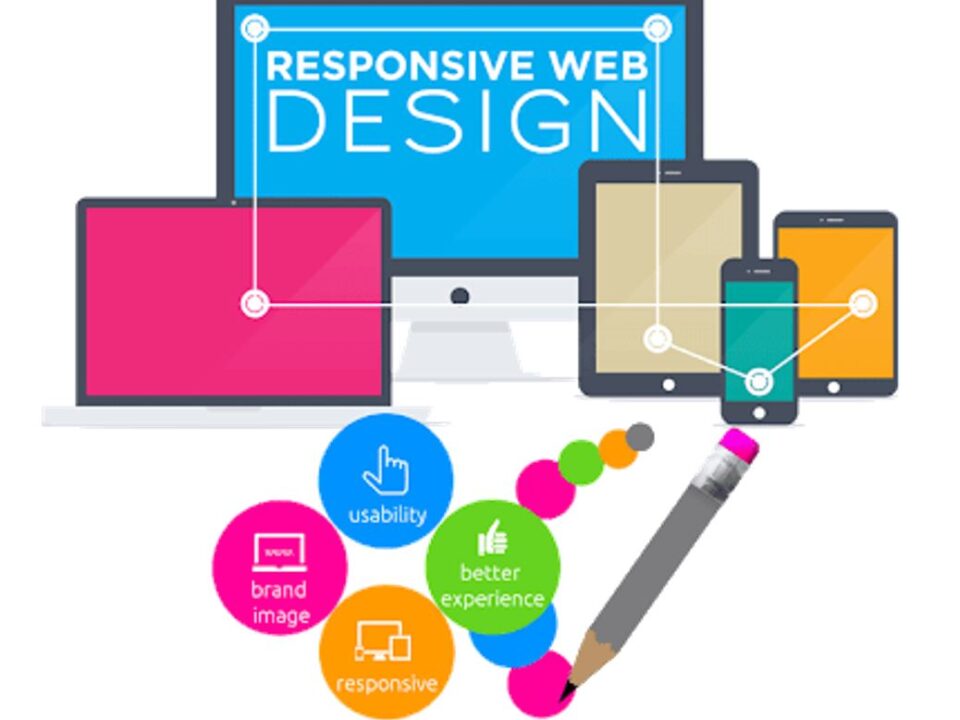The Dark Website
September 22, 2013Search Engine Ranking Factors
October 30, 2013What is Responsive Web Design?
There was once a time when Internet presence amounted to little more than a series of static web pages with minimal consideration for the type of content presented and even less consideration for the ease of potential clients. The industry has thankfully matured over the years to the point that, today, many companies opt for an Internet-only presence.
This push towards Internet awareness has resulted in an exponential growth in web design. More importantly, it has resulted in web design that is user-centric. One of the most well used of these methods is called responsive web design. At its core, responsive web design is a kind of design that is focused on presenting visitors with the most optimal viewing experience. Responsive web design focuses on ease of reading, intuitive navigation, minimal necessary resizing, scrolling, and panning.
Examples of Responsive Web Design
Responsive web design is design that utilizes concepts such as grids, flexible images, and traditional design to create web designs that convey a clear purpose while are easy and enjoyable for visitors. This might seem like a tall order, but, luckily, the Internet is filled with excellent examples of responsive web design done well.
Disney.com is one example of well-implemented responsive web design. While relatively image-heavy, the images are easily scaled. Images filter automatically to provide information easily and with minimal effort from the user. Alternatively, users may scroll through options without needing to change web pages.
Thehaberdashfox.com is another example of responsive web design used in a commercial venture. This website utilizes a dynamic proportional grid for the layout of the site view. The available options are readily available on the left side of the screen in an easy to read, easy to use vertical list. Information about items appear as the user moves the cursor over each individual image.
Aneventapart.com is a third demonstration of responsive web design. On this website, one can see examples of the images responding to the movements of the visitor. The relevant data is presented clearly and without superfluous distractions. All of the images are crisp, clear, and selective.
Implementing Responsive Web Design
As previously mentioned, there are three concepts that rest at the base of responsive web design: media queries and media query listeners, proportional grid-based layouts, and flexible images and media. For a web site to be truly responsive, it must utilize all three of these components.
Media queries are used to scope styles to specific capabilities. What this means is that, depending on the specifics of the query, a different CSS will be applies. These different CSS specifications will allow a single web page to dynamically change features such as width, height, orientation, resolution, and so much more. To implement media queries, a responsive web designer may use one of three different ways. The first method is to use the @import rule. This will import style rules from other style sheets. The second method is to include the media query directly into the style sheet. The third method is to include the query into the media attribute of a linked style sheet. It is, then, the job of the media query listener to listen for and respond to these media query changes.
The second cornerstone of responsive web design is the use of flexible grids. In the case of responsive web design, the use of grids means that the CSS is used to dictate new ways in which the layouts of web pages are presented. Traditionally, websites often used pixel-based layouts. With the use of flexible grids, websites use percentage-based layouts. This allows websites to become dynamic, changing their basic size and orientation to fix a whole slew of devices. It is through the use of flexible grids that websites can appear clear and function across a number of resolutions, machines, and devices.
The final component of responsive web design is the use of flexible images and media. Just as the layout of responsive websites can be made to be dynamic and adjustable depending on the device, so too must the images and various media employed be flexible and dynamic. In this way, images can be made to stay in proportion with the other components of a web page.
When to Use Responsive Web Design
With the increase of the number of mobile web users across the world, responsive web design is quickly becoming the preferred web design method. So long as a website has a focus on search engine optimization, then responsive web design would be ideal. Considering the fact that most websites exist for the purpose of being seen and used by the greatest number of people possible, this means that responsive web design is ideal for any situation. While it might require extra skill to program, responsive web design will help any web site become more relevant in a mobile-centric world.


